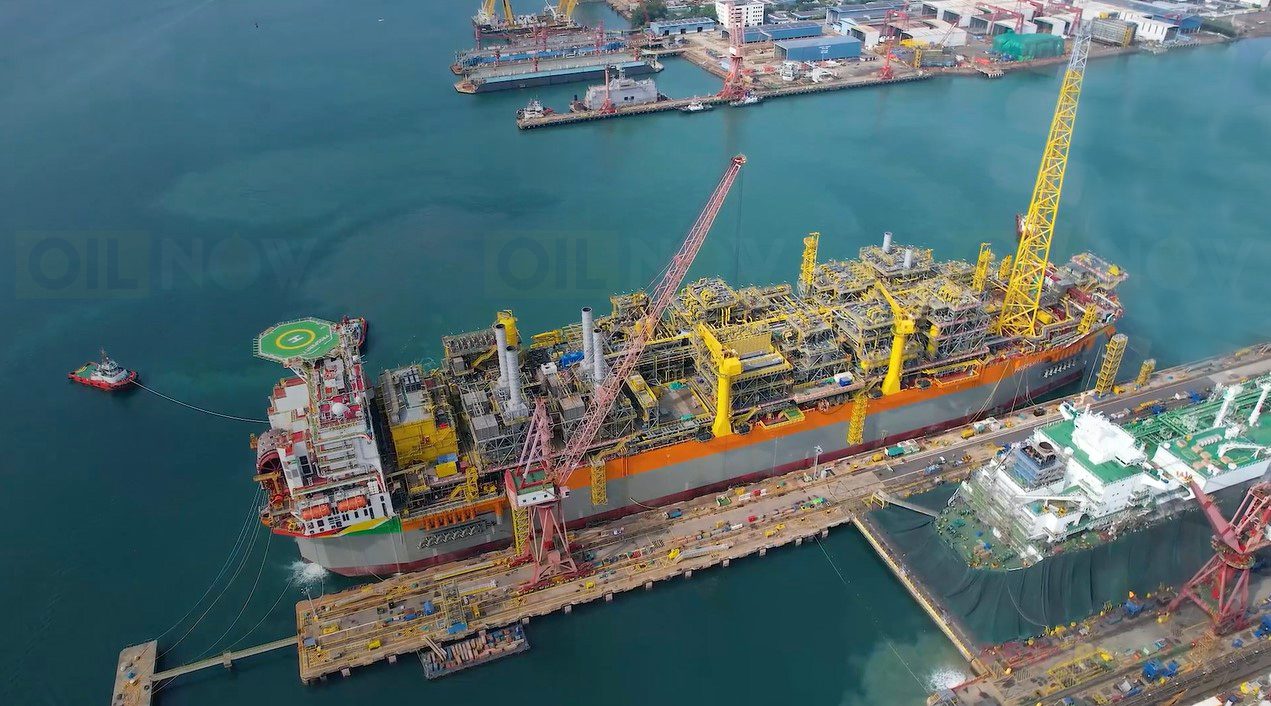The International Energy Agency (IEA) forecasts a record-breaking global oil supply of 103.5 million barrels per day (b/d) in 2024. Guyana leads the production surge alongside the United States, Brazil and Canada, contributing to a collective increase of 1.5 million b/d.
Guyana produced 142.9 million barrels of oil from the ExxonMobil-operated Stabroek block in 2023. Currently, its production stands at 550,000 b/d. By the end of March, the South American producer is expected to hit 600,000 b/d.
Contrary to this trend, the Organization of the Petroleum Exporting Countries (OPEC) anticipates maintaining a steady supply, assuming the phasing out of voluntary cuts by the second quarter of 2024.
OPEC’s latest report projects a demand for its crude to reach 28.5 million b/d in 2024, marking a 0.8 million b/d increase from 2023. Furthermore, a forecasted rise to 29 million b/d in 2025 is predicted, indicating a 0.5 million b/d increment from the previous year.
OPEC Secretary-General Haitham Al Ghais said, “Peak oil supply has never come to pass, and predictions of peak oil demand are following a similar trend. Given the growth trends, it is a challenge to see peak oil demand by the end of the decade, a mere six years away.”
In December, crude oil prices dipped but have since rebounded by approximately US$4 per barrel attributed to renewed geopolitical concerns in the Red Sea. Tensions in the region escalated due to recent U.S. and U.K. airstrikes on Houthi targets in Yemen, raising concerns about potential disruptions to oil flows via key trade routes like the Suez Canal and the Red Sea.
Despite the geopolitical risks, oil and liquefied natural gas (LNG) production remains unaffected, yet shipowners are redirecting cargoes from the Red Sea. Brent futures hover above US$77 a barrel, and West Texas Intermediate stands at around US$72 a barrel at the time of reporting.



